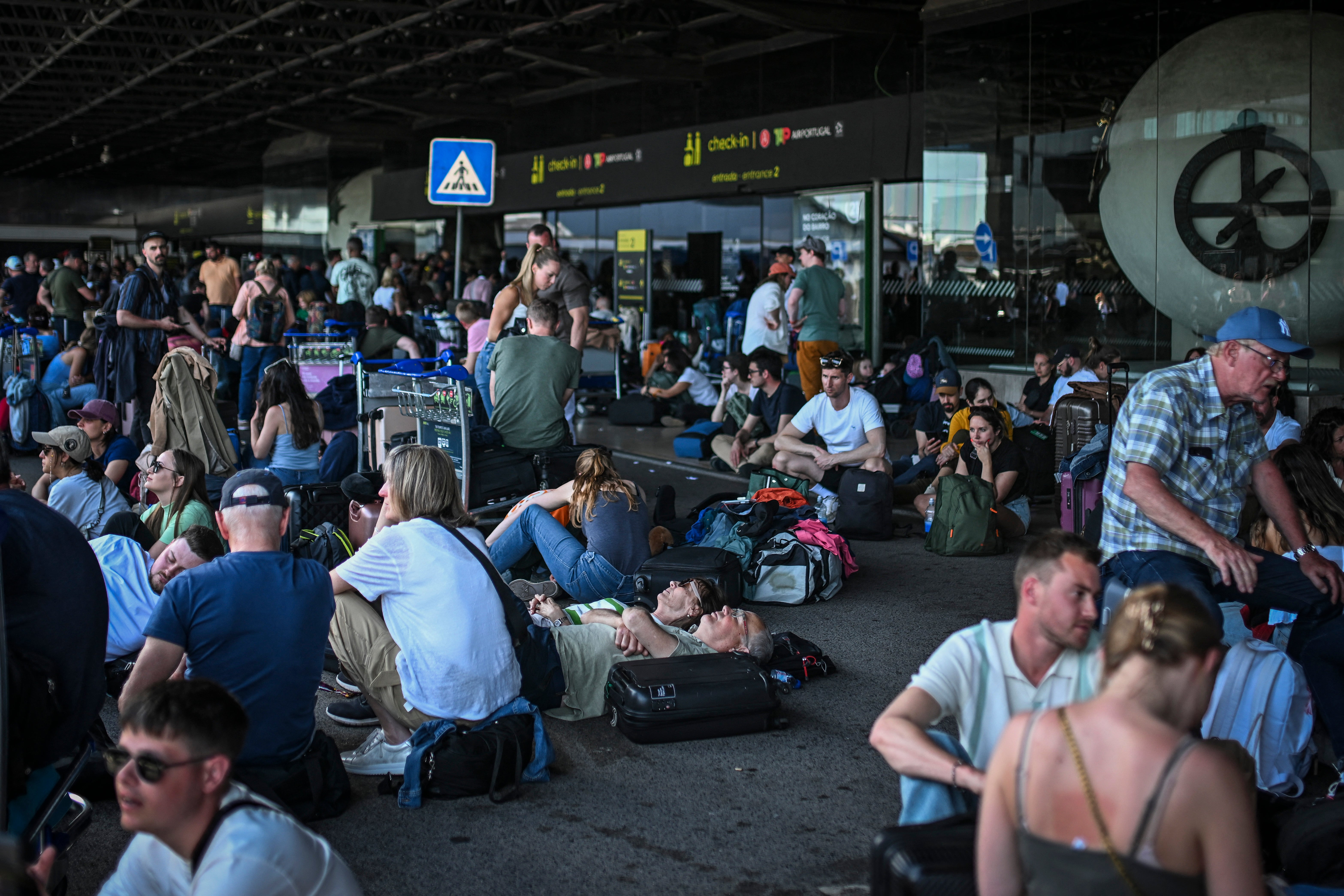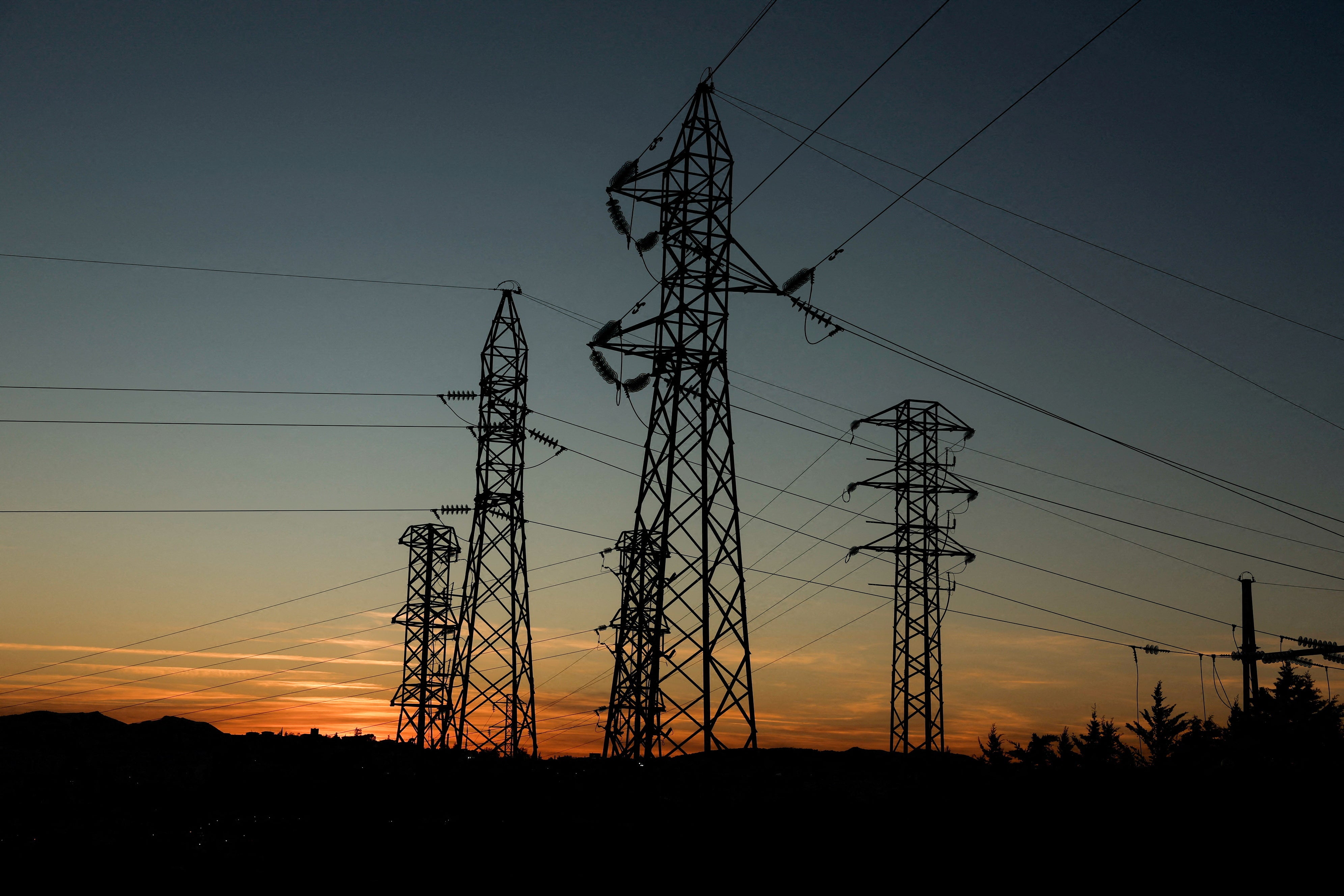ARTICLE AD BOX
Spain’s catastrophic blackout on Monday was preceded by several power glitches and repeated industry warnings about the instability of the nation’s power grid, prompting government investigations into the incident.
Experts suggest these incidents, regardless of the ultimate cause of the blackout, highlight the challenges facing Spain’s power system amidst the rapid growth of renewable energy sources.
While often touted for their environmental benefits, the influx of renewable energy can create an energy surplus, disrupting the delicate balance of the power grid in much the same way as an energy deficit. In the week leading up to the major outage, Spain experienced several power surges and cuts, foreshadowing the larger crisis to come.
The government has launched multiple investigations to determine the precise cause of the blackout and address the underlying vulnerabilities in the power grid.
A power cut disrupted railway signals and stranded at least 10 high-speed trains near Madrid on April 22. Transport Minister Oscar Puente said excessive voltage in the power network had triggered disconnections to protect substations.
On the same day, Repsol's Cartagena refinery saw its operations disrupted by power supply problems.
The grid suffered from significant instability in the days before the blackout, said Antonio Turiel, a senior researcher with the Spanish National Research Council.

Spain's grid operator REE did not reply to a request for comment. Spain's energy ministry declined to comment.
Spain has ordered inquiries involving government, security agencies and technical experts. A high court judge has launched a probe into whether a cyber attack was to blame.
The Spanish power grid had been on a knife edge for several days due to power system imbalances, said Carlos Cagigal, an energy expert who advises private firms on renewable and industrial projects.
Prime Minister Pedro Sanchez and power grid operator REE's chief Beatriz Corredor have both said record levels of renewable energy were not to blame for Monday's blackout.
But REE and Europe's power grid lobby ENTSO-E had both previously warned that the rapid rise of power generation from renewables could destabilise the grid.
Small renewable generators were putting extra pressure on the infrastructure, REE said in a 2024 report, and REE's parent company Redeia said in February the grid lacked information from smaller plants to be able to operate in real time.
The risk of power cuts is rising, Redeia warned because the closure of coal, gas-fired and nuclear plants reduces the grid's balancing capacities.
"This could increase the risk of operational incidents that could affect supply and the company's reputation," the company said.

Solar farms generate direct current (DC) power which doesn't have a frequency like alternating current (AC) power generated by conventional plants. DC power needs to be converted to AC in inverters to be transmitted via grids.
If solar generation drops, the grid requires backstop AC power to prevent frequency dropping below dangerous levels after which most power contributors disconnect from the grid.
"Shutting down the nuclear plants may put electricity supply at risk," REE's former chair Jordi Sevilla told Spanish news website Voxpopuli in January. Spain plans to shut down all seven nuclear reactors by 2035.
The planned closure of two nuclear reactors at southwestern Spain's Almaraz plant, starting in 2027, will increase the risks of blackouts, European power lobby ENTSO-E said in April.
REE responded to ENTSO-E by saying there was no risk of a blackout and it could guarantee stable energy supply.
Less than a week later, Almaraz temporarily shut down the two units citing abundant wind energy supply as making operations uneconomic. One unit was still offline on Monday.
The blackout across Spain and Portugal knocked out communications and transport systems, shut down industry and offices and brought commerce to a virtual standstill.
The blackout could have shaved 1.6 billion euros ($1.82 billion), or 0.1%, off GDP, Spain's business lobby estimated.









 English (US) ·
English (US) ·